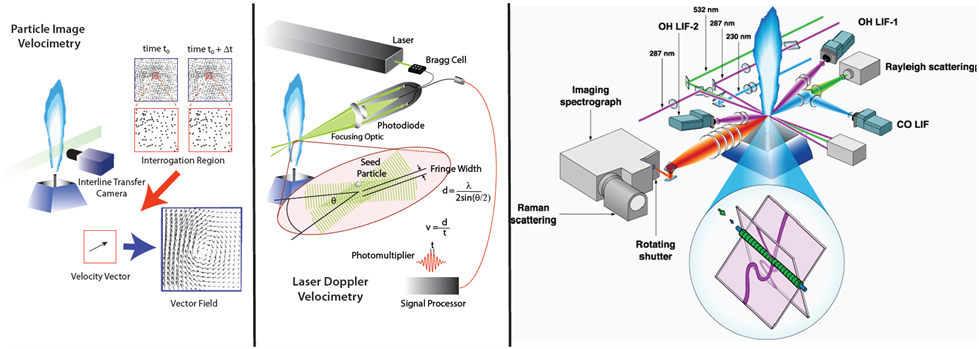High Pressure Chemistry
One of the challenges in modeling combustion chemistry is the fact that combustion takes place over a wide range of pressure, even in a single device. During a cycle of an internal combustion engine the pressureranges from 1 atm to peak pressures above 100 atm. Adding to the challenge of understanding pressure dependence is the fact that most experimental investigations of elementary chemical reactions are carried out at pressures below (often well below) 1 atm. The overall rate of a pressure-dependent reaction generally increases monotonically, as collisional energy transfer becomes more effective at establishing Boltzmann distributions of energy inintermediate wells, until what is termed the “high-pressure limit.” In combustion models, most reactions are treated as being in this limit; however, especially for elevated temperature this limit may not be reached until much higher pressures. Moreover, the pressure dependence of the product branching fractions – e.g., the balance between chain-branching and chain-terminating channels, or whether aromatic or aliphatic products dominate – may persist at pressures well above the point at which the overall reaction rate may be said to have reached the high-pressure limit. Such branching fractions are often critical for determining the effect a reaction has on autoignition or soot formation. Measuring, modeling, and understanding such pressure effects on key combustion reactions is a prominent focus of the CRF combustion chemistry research program.














